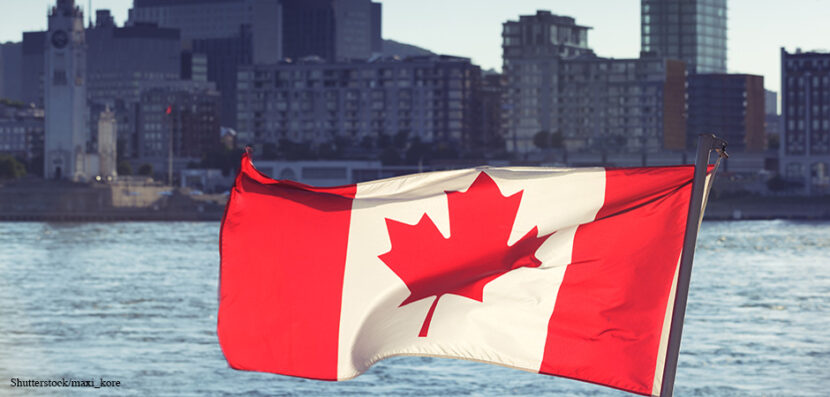G7 Summit Marked by Controversy
The 44th annual G7 summit was held on June 8-9 in Quebec, Canada. G7 stands for the Group of Seven, and includes the United States, Canada, France, Germany, Italy, Japan, and the United Kingdom. The European Union (EU) is also represented. These members represent the seven largest advanced economies in the world. The group meets every year to discuss economic policies. This year, however, the presence of President Trump stirred up controversies that left many of the other member nations concerned. Here, Election Central takes a look at what happened at the summit.
Taking a Half Day
Breaking with tradition, Trump only attended the summit part-time, arriving late and leaving early. His late arrival interrupted the G7 Women’s Empowerment Breakfast, which had been organized by Canadian Prime Minister Justin Trudeau. It also forced the postponement of a one-on-one meeting with French President Emmanuel Macron.
The Russia Issue
Once he arrived at the summit, President Trump further stirred the pot by insisting that Russia be reinstated in the G7. Until recently, the Russian Federation was a member, and the group was called the G8 political forum. However, after Russia unlawfully annexed Crimea in March 2014, the Russian Federation was suspended by the other members. In January 2017, the suspension ended but Russia made the decision to permanently leave the G8 (now the G7) anyway. This departure was confirmed in June 2018. Trump, however, advocated for Russia to be reinstated, despite the fact that the country lacks national wealth, does not have an advanced economy, and still unlawfully inhabits Crimea.
Oh, Canada
Shortly before the summit, Trump announced his controversial tariff plan, which would raise taxes on steel and aluminum imported from Canada and other key allies. This meant that there was already a lot of tension going into the summit, which was made worse when Justin Trudeau, the Prime Minister of Canada, spoke out against the tariffs. Trump responded by calling Trudeau dishonest. French president Emmanuel Macron later criticized Trump, blaming him for a breakdown in international cooperation.
Each G7 summit ends with the leaders signing a joint communique, which is a combined statement of goals and commitments. This year’s communique emphasizes the importance of free, fair trade for worldwide job and economic growth. It also pledges to modernize the World Trade Organization (WTO). Trump, however, refused to sign the communique, saying that he wouldn’t endorse it based on Trudeau’s criticisms of him, and the fact that Canada is engaged in unfair trade with the United States.
What Next?
The other G7 nations have pledged that they will continue to work for low or no tariffs in order to promote free trade between them, whether the United States participates or not. G7 leaders have also openly criticized Trump for turning his back on the United State’s Western allies while at the same time fighting to include Russia in the forum.
Trump departed from the G7 summit early to travel to the Korean Peninsula to meet with North Korean leader Kim Jong-un.



